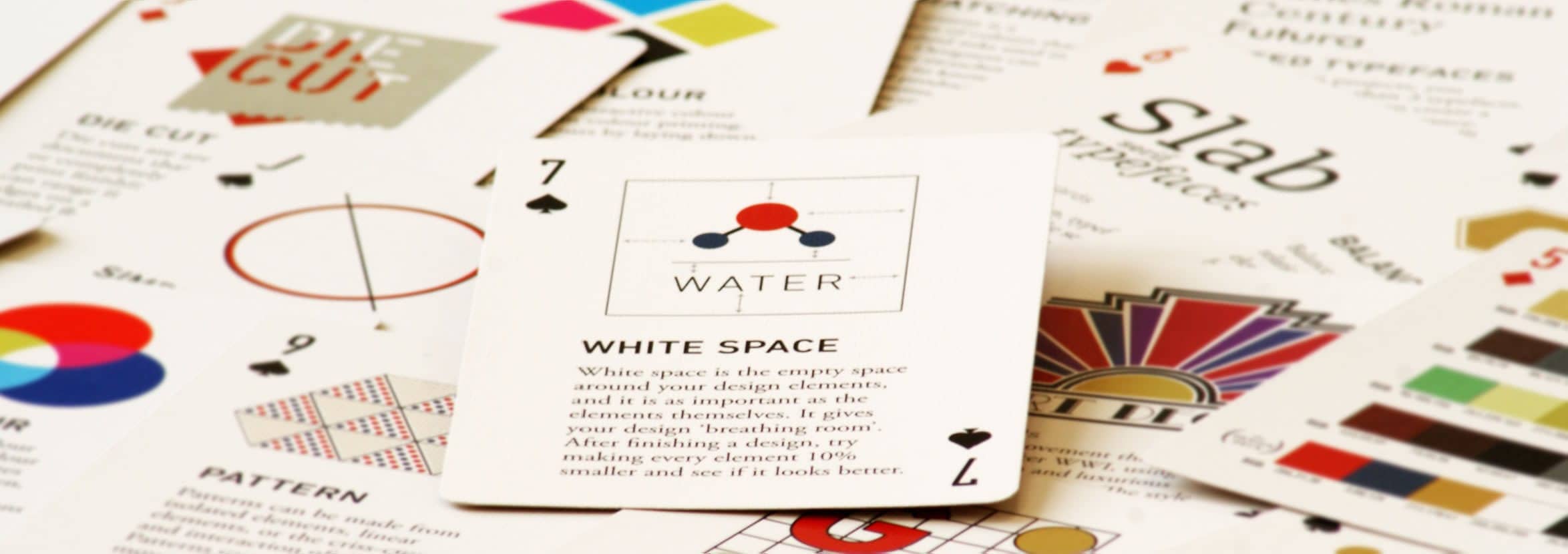The sleeve of LL Cool J’s 1985 debut album, ‘Radio’, was the first to bear the legend “Reduced by Rick Rubin.”
Rubin has made a career over the last 40 years of helping artists do some of their best work.
His production credits include music by artists as diverse as the Beastie Boys, Run-DMC, Public Enemy, Metallica, Red Hot Chili Peppers, Rage Against the Machine and Johnny Cash.
But that idea of being a “reducer” rather than a producer has stuck.
Because the music Rubin has helped create is defined not by what is there, on the record, but what is not.
“There’s a tremendous power in using the least amount of information to get a point across,” Rubin has explained.
“A lot of the records I produce are about stripping things away.”
The same principle applies in website design.
The temptation is to appease all the different stakeholders by trying to appeal to every potential audience, all at once.
The end result, invariably, is a confusing mess.
The navigation ends up being bloated, with too many options.
The messaging, in trying to say something to everyone, ends up saying nothing much to anyone.
The solution is to take a step back and reassess what really matters. To find the signal and filter out the noise. To take a leaf out of Rick Rubin’s playbook, and distil things down to the essence.
This process starts before a single pixel is designed or a single line of code is written.
It begins with a clean slate and a frank conversation to establish the customer value proposition. The intention is to whittle down to the fundamentals of what the brand stands for and what value it provides to its customers.
With this agreed, the rest follows quite naturally, from the site map and navigation to the hierarchy of information and the calls to action.
The goal is to follow a user-centred design approach; to put ourselves in the place of the customer and provide that perspective.
This is the role Rubin plays with his artists.
“I just try to understand and help them – just helping artists get out of their own way,” Rubin explains. “Sometimes they’re just in their head too much. Like, if they’re worried, and I hear something and I know it’s good, sometimes just having the confidence that they don’t have for themselves is all they need.”











